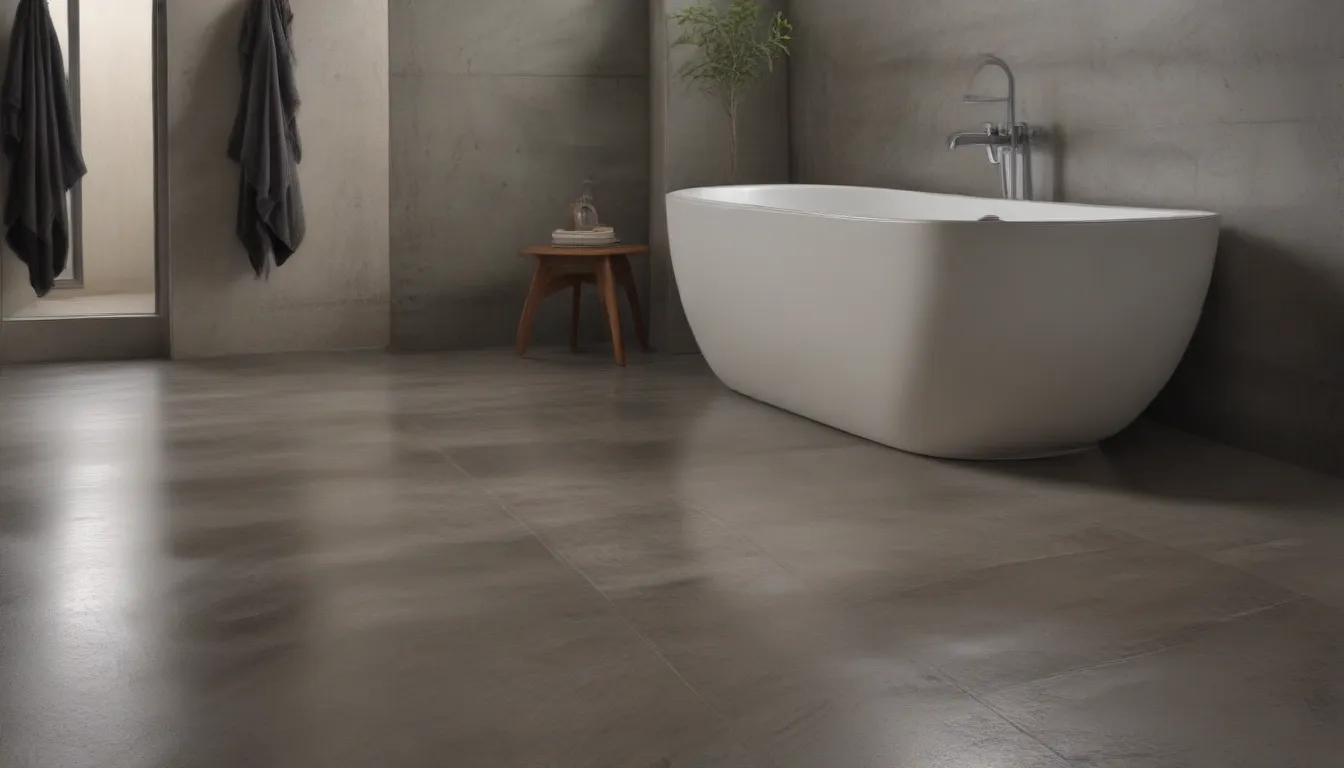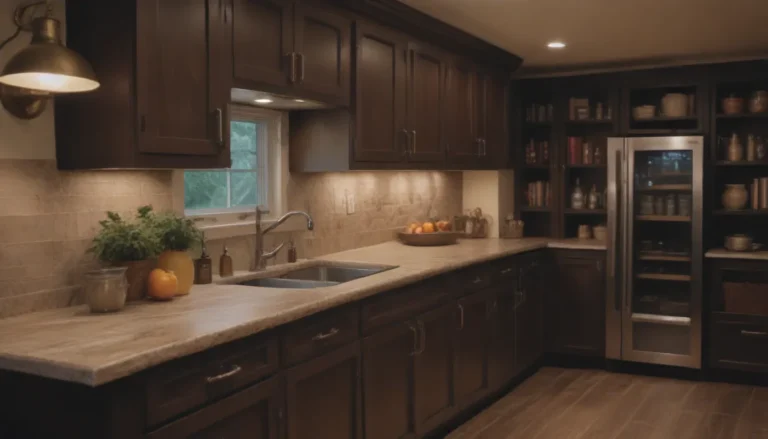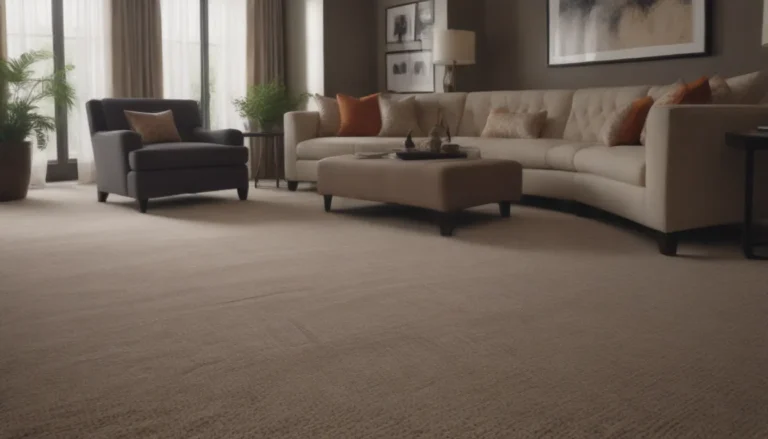Everything You Need to Know About Concrete Bathroom Flooring

If you’re in the market for a durable, easy-to-maintain flooring option for your bathroom, concrete may be the perfect choice for you. While many people may think of concrete as a plain and industrial material, modern advancements have allowed for a wide range of styles and finishes that can suit any home decor. In this comprehensive guide, we’ll explore the pros and cons of concrete bathroom flooring, as well as key considerations when choosing this material for your space.
Pros and Cons of Concrete Bathroom Floors
Concrete flooring offers several benefits that make it ideal for bathroom use:
- Durability: Concrete floors are long-lasting and can easily withstand the wear and tear of daily use.
- Easy Maintenance: Concrete is a breeze to clean and requires minimal upkeep.
- Waterproof: Unlike some flooring materials, concrete is impervious to water damage.
However, there are also some drawbacks to consider:
- Cold: Concrete can feel chilly underfoot, especially in colder climates.
- Slippery: Depending on the finish, concrete floors can be slippery when wet.
- Hardness: Concrete is a hard surface, which may not be as comfortable as softer flooring materials.
Cost Considerations
When it comes to pricing, concrete bathroom flooring offers a cost-effective solution for homeowners. The average cost of a basic polished concrete floor with staining ranges from $3 to $8 per square foot. More intricate designs or texturing may increase the cost to $5 to $15 per square foot. Additionally, if structural reinforcement is needed, costs can rise by $2 to $3 per square foot.
While the upfront cost of concrete flooring may be higher than some traditional materials, its longevity and durability make it a sound investment in the long run. Unlike other flooring options that may need to be replaced every 10 to 20 years, a well-maintained concrete floor can last a lifetime.
Maintenance Tips
Concrete flooring is a low-maintenance option for bathrooms. Simply sweeping, vacuuming, or mopping the floor as needed is usually sufficient. However, it’s important to periodically seal the surface to prevent staining. Additionally, it’s essential to inspect the floor for cracks and promptly repair them to prevent water damage.
When it comes to cleaning agents, be cautious as some chemicals can react with the concrete and cause discoloration. To maintain the appearance and integrity of your concrete floor, opt for gentle cleaners that are safe for use on concrete surfaces.
Design Options
While concrete may have once been perceived as a utilitarian flooring material, advancements in technology have made it a versatile option for various design styles. Concrete floors can be stained, polished, painted, or top-coated to create a unique and attractive finish. Whether you prefer a modern, industrial look or a more traditional aesthetic, concrete flooring can be customized to suit your design preferences.
Additionally, concrete can be colored during the mixing process or stained/etched with acid to achieve different hues. Stamping concrete with stencil patterns is another way to add texture and visual interest to the floor.
Installation Considerations
Concrete bathroom floors are most common in homes with slab foundations or basements where a concrete slab already exists. If the existing slab is in poor condition, a thin concrete overlay can be poured to create a smooth surface for grinding and polishing. However, if the slab is severely damaged, an overlay may not be possible.
The installation of concrete flooring in above-grade locations can be challenging due to the weight of the material. Special considerations must be made to ensure that the existing structure can support the load of the concrete slab. Professional installation is typically required for concrete floors, as the process involves specialized equipment and skills.
Comfort and Convenience
When it comes to comfort and convenience, there are a few factors to consider with concrete bathroom flooring:
- Slipperiness: Concrete floors can be slippery when wet, so it’s important to use a finish that provides traction for safety.
- Stain Resistance: Concrete is porous and susceptible to staining, so regular sealing is recommended to maintain its appearance.
- Temperature Control: Concrete tends to feel colder than other flooring materials, so additional insulation or radiant floor heating may be necessary for comfort.
While concrete offers several benefits as a flooring material, it’s essential to address these potential drawbacks to ensure a comfortable and safe environment in your bathroom.
Concrete Flooring vs. Ceramic Tile
Ceramic tile is a popular alternative to concrete flooring, offering greater aesthetic diversity and DIY installation options. However, when compared to concrete, ceramic tile falls short in terms of durability and longevity. Polished concrete floors can last up to a century with proper maintenance, while ceramic tile typically needs replacing within 30 to 50 years.
If you’re weighing the pros and cons of concrete versus ceramic tile for your bathroom, consider factors such as durability, maintenance requirements, and design flexibility to determine the best choice for your home.
Is Concrete Bathroom Flooring Right for You?
Ultimately, the decision to install concrete bathroom flooring comes down to personal preferences and priorities. Concrete offers a durable, waterproof, and low-maintenance flooring option that can last a lifetime with proper care. However, its hardness and potential slipperiness may be a concern for some homeowners.
When considering concrete flooring for your bathroom, weigh the pros and cons carefully to determine if it aligns with your lifestyle and design preferences. Remember that professional installation is recommended for concrete flooring to ensure a seamless and long-lasting finish in your space.
In conclusion, concrete bathroom flooring offers a blend of practicality and style that can enhance the aesthetic and functionality of your space. By understanding the benefits and drawbacks of concrete flooring, you can make an informed decision about whether it’s the right choice for your bathroom renovation project.





